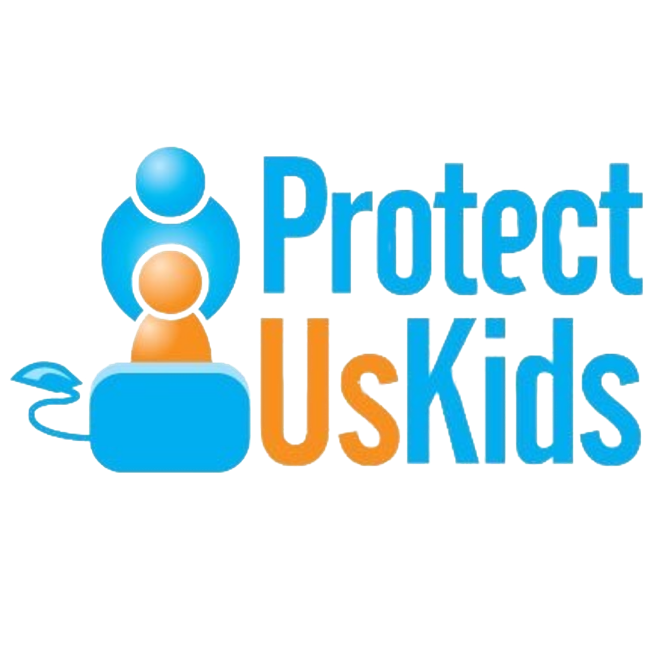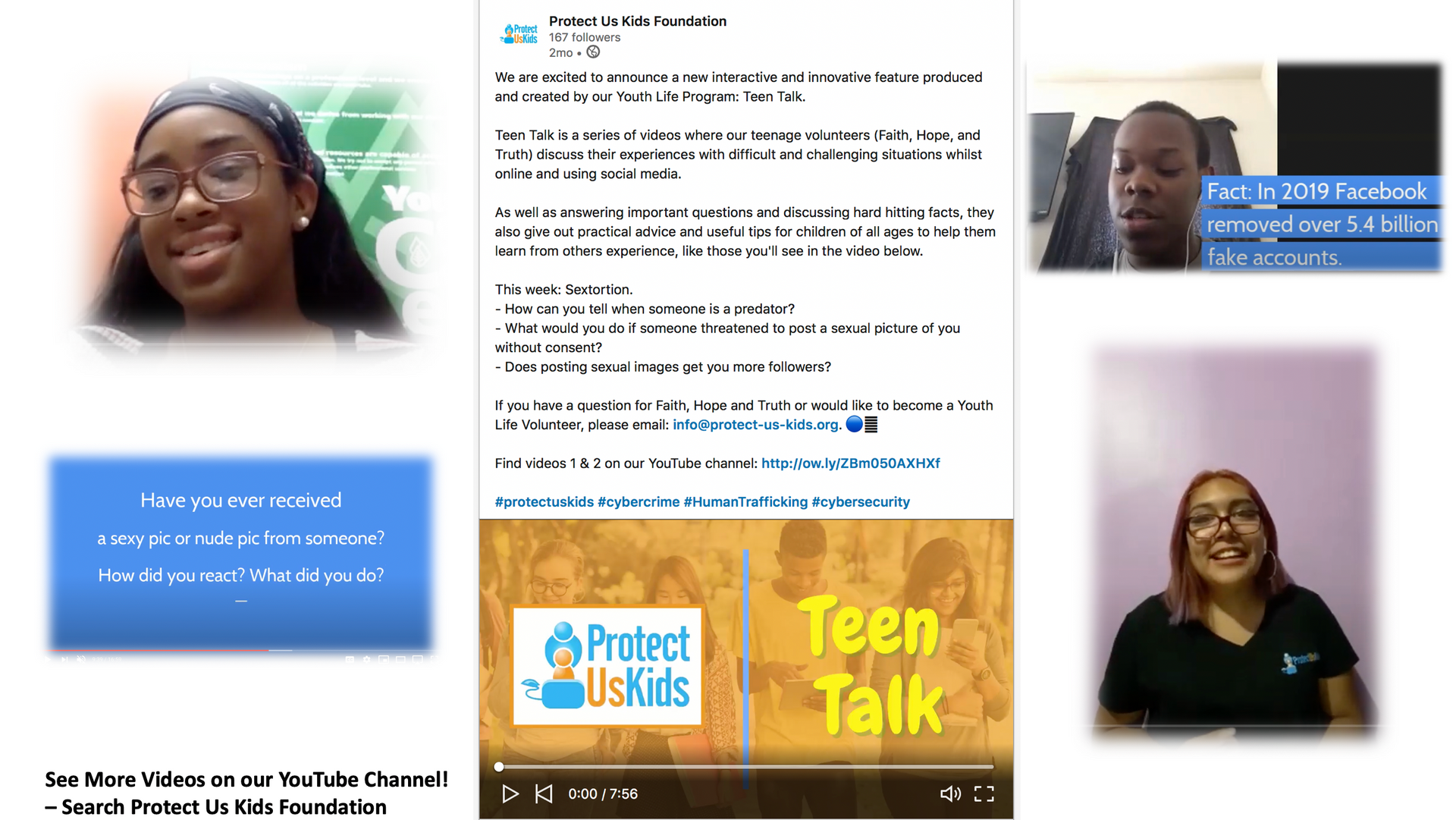Research and Reports
Focused Research on Digital Safety for Youth in
Rural and Marginalized Communities
We are dedicated to deepening our understanding of the unique digital challenges and vulnerabilities confronting children today, especially those living in rural and marginalized areas. Our comprehensive portfolio features a wide array of in-depth research studies, insightful reports, and up-to-date analyses designed to shed light on the online risks and obstacles these children face. By focusing on the less-visible, underserved communities, we aim to bring to the forefront the critical need for targeted interventions and protective measures in the digital landscape.
Expert-Guided Insights for Comprehensive Child Safety Online
Crafted by leading specialists in cybersecurity, child psychology, digital education, and social inclusion, our content stands as a beacon of trustworthiness and customization, addressing the complex needs of children globally.
Explore cutting-edge research on digital technology's effects on rural youth, strategies to deter online predators in marginalized areas, and frameworks for establishing inclusive digital safety initiatives. Our Research and Reports section is your go-to source for actionable insights and pragmatic advice to navigate the digital landscape safely.
Join Our Movement for a Safer Digital Future for Every Child
We invite you to stand with us in our relentless pursuit to safeguard the innocence and future of every child, prioritizing those in rural and marginalized areas.
By keeping abreast of the latest research and remaining vigilant against online risks, we can collectively forge a safer, more welcoming online environment for the forthcoming generations. Your involvement is crucial in turning this vision into reality, ensuring a protective digital sphere for all children.
Awareness Resources
Our awareness resources empower children and communities with crucial information on preventing human trafficking and online exploitation. Available in multiple languages, these materials amplify their voices, ensuring the safety and well-being of youth globally.
- Human Trafficking 101 - English
- Human Trafficking 101 - Arabic
- Human Trafficking 101 - French
- Human Trafficking 101 - Korean
- Human Trafficking 101 - Portuguese
- Human Trafficking 101 - Russian
- Human Trafficking 101 - Simplified Chinese
- Human Trafficking 101 - Spanish
- Human Trafficking 101 - Thai
- Human Trafficking 101 - Traditional Chinese
- Human Trafficking 101 - Vietnamese



















